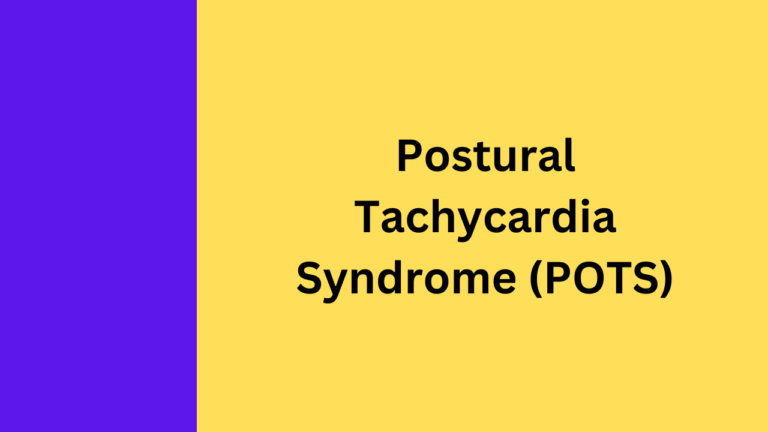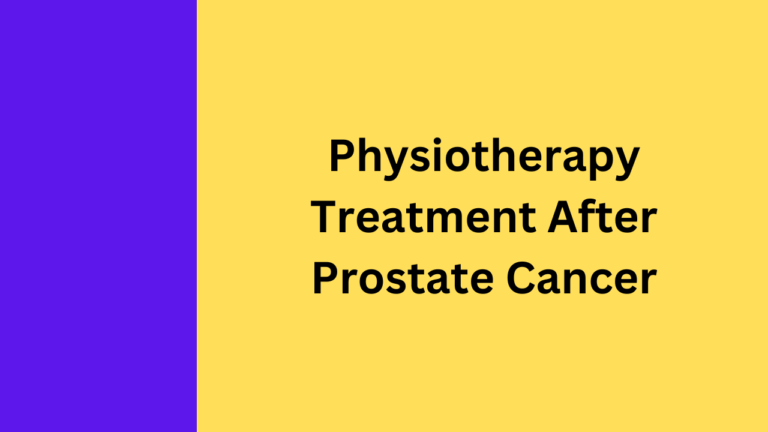Introduction
In the intricate realm of human biomechanics, the way we walk, or our gait, plays a pivotal role in maintaining musculoskeletal health. When deviations occur in our gait pattern, it can lead to a cascade of issues, particularly in the pelvis and knees. This article delves into the intriguing connection between gait abnormalities and syndromes causing pain in the pelvis and knees.
Understanding Gait Deviations
Gait Defined
Gait is a complex series of coordinated movements involving the muscles, joints, and bones, allowing us to move forward or backward. A normal gait involves a smooth, rhythmic pattern, but various factors can contribute to deviations.
Types of Gait Deviations
Gait deviations can manifest in different ways, including limping, asymmetrical stride length, and altered foot placement. Understanding these variations is crucial in identifying potential issues related to the pelvis and knees.
Pelvis Pain Syndromes and Gait
Role of the Pelvis
The pelvis serves as a central hub in our body’s biomechanical chain, connecting the spine to the lower limbs. Pain syndromes affecting the pelvis can significantly impact gait, leading to compensatory movements that may exacerbate the condition.
Common Pelvis Pain Syndromes
Discussing prevalent pelvis pain syndromes such as sacroiliac joint dysfunction, piriformis syndrome, and pelvic inflammatory disorders, and their correlation with gait deviations.
Gait Analysis in Pelvis Pain Diagnosis
Exploring the role of gait analysis as a diagnostic tool for identifying specific deviations associated with various pelvis pain syndromes.
Knee Pain Syndromes and Gait
Importance of Healthy Knees
Knees are crucial for stability during walking, and any dysfunction can result in compensatory gait patterns. Knee pain syndromes like patellofemoral pain syndrome and meniscus injuries can significantly impact normal gait.
Gait Alterations in Knee Pain
Examining how gait deviations, such as changes in step length and altered knee joint motion, manifest in individuals with knee pain syndromes.
Rehabilitation Strategies
Highlighting rehabilitation strategies that focus on correcting gait deviations to alleviate knee pain and improve overall function.
Integrated Approach to Treatment
Holistic Rehabilitation
Emphasizing the need for an integrated approach that combines traditional physical therapy, gait retraining, and targeted exercises to address both pelvis and knee pain syndromes.
Orthopedic Interventions
Discussing potential orthopedic interventions, including bracing and corrective footwear, to support gait correction and alleviate pain in the pelvis and knees.
Conclusion
In unraveling the intricate relationship between gait deviations and pelvis/knee pain syndromes, it becomes evident that a comprehensive understanding is essential for effective diagnosis and treatment. By addressing gait abnormalities, healthcare professionals can pave the way for holistic rehabilitation, restoring mobility, and minimizing pain in individuals grappling with these challenging conditions.






